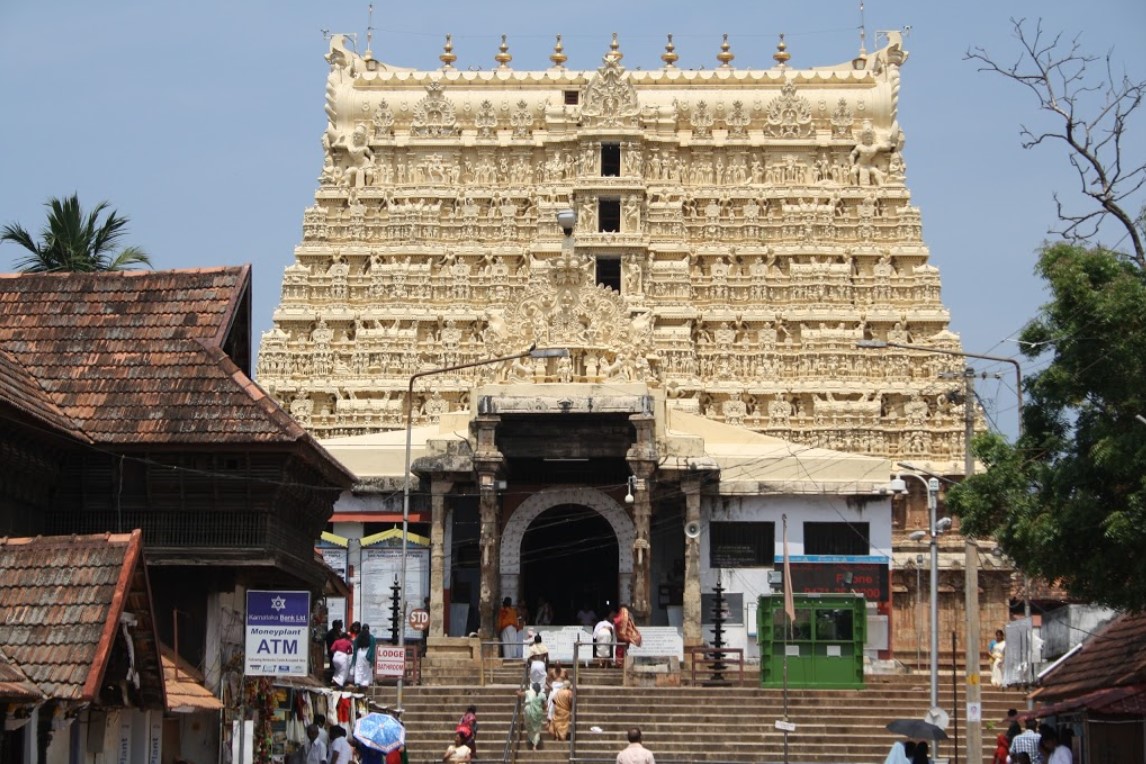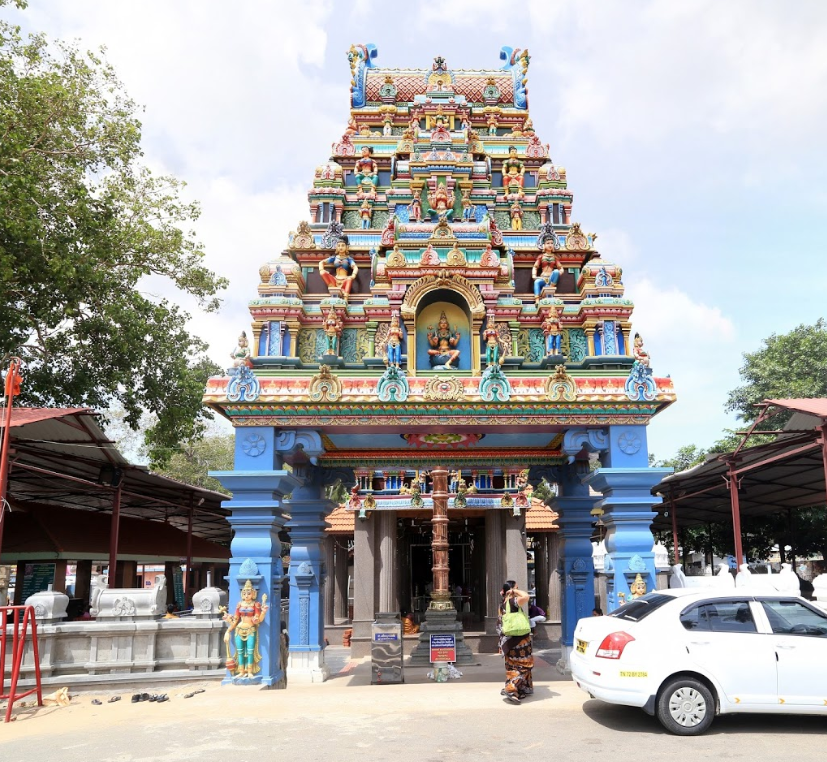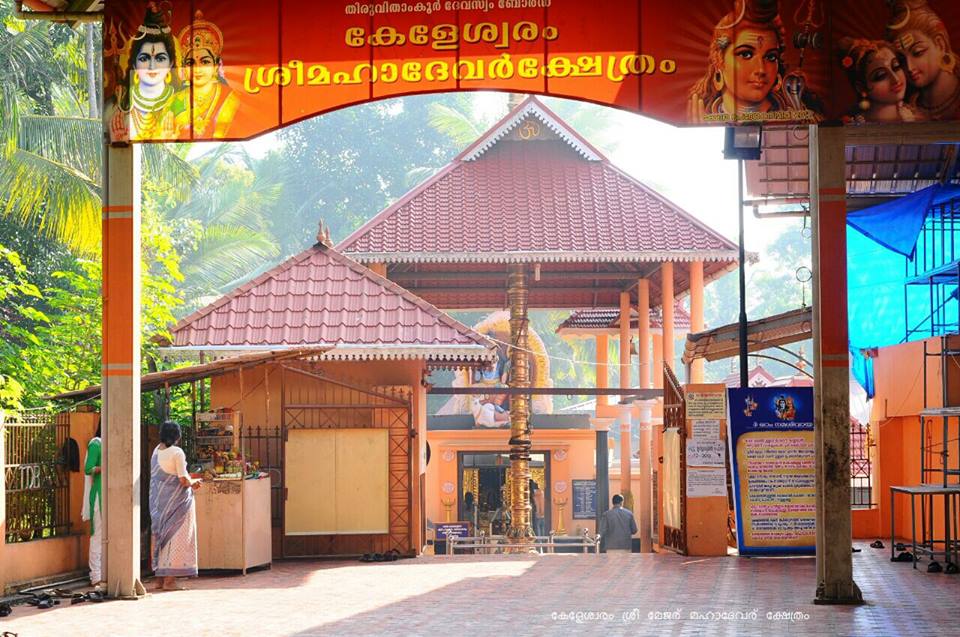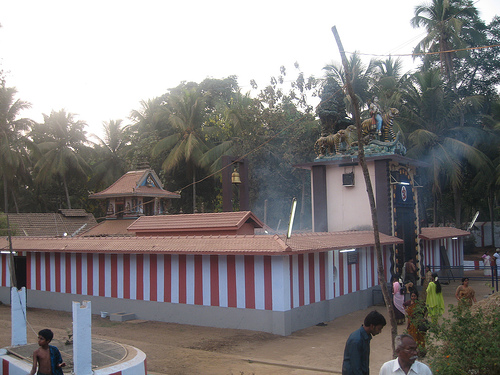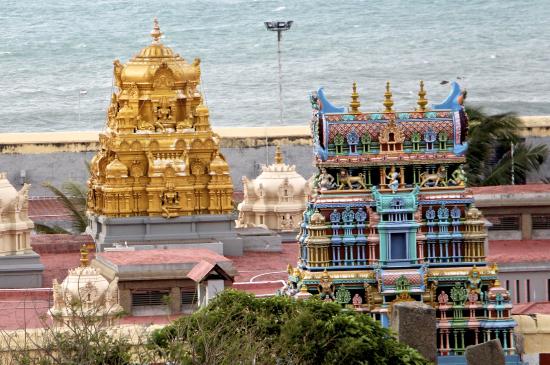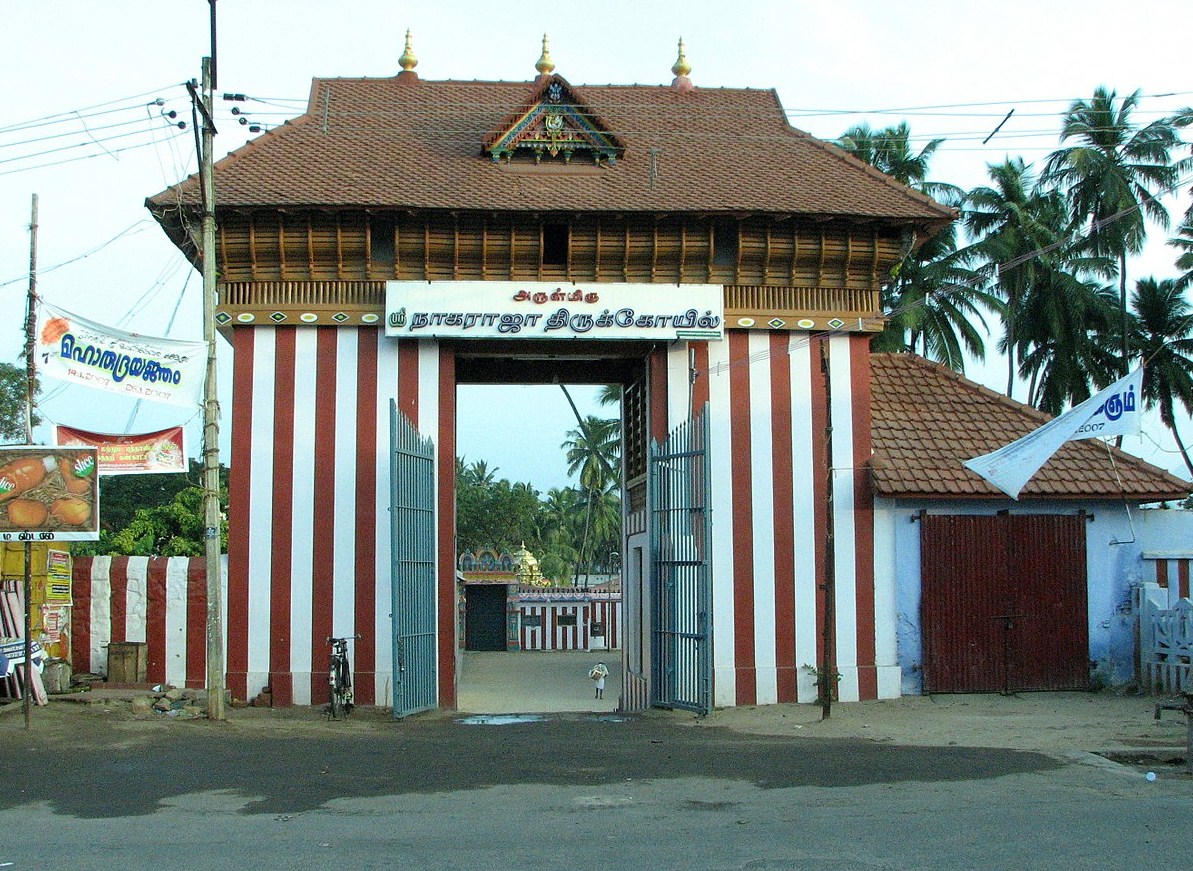About Chitharal Cave Temple
The Chitharal Malai Kovil Temple is locally known as the Chitharal Jain Monuments. Chitharal Malaikovil literally means the “Temple on the Hill”. These monuments are situated on the hills of Thiruchanattu in Kanyakumari district, Tamil Nadu.
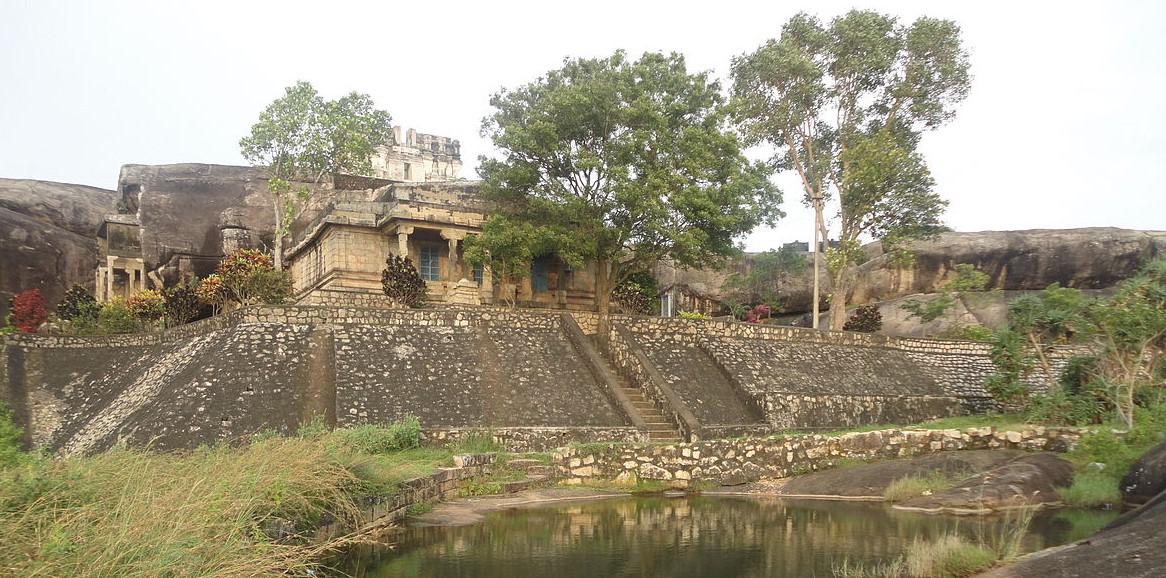 The Chitharal Jain Monuments are located in Chitharal Village of Kanyakumari. This village is famed for harbouring Jain monks and is popularly known as ‘Thirucharanthupalli’ which means ‘abode of Jain monks’.
The Chitharal Jain Monuments are located in Chitharal Village of Kanyakumari. This village is famed for harbouring Jain monks and is popularly known as ‘Thirucharanthupalli’ which means ‘abode of Jain monks’.
To reach the monuments you have to go through some rough steps in rocks and through a narrow entrance.
At the top of Chitharal hill, is a cave temple. The temple has a porch-pillared hall (mandapa), a corridor and a place for offering animal sacrifices to the deity (Bali peetham). The temple has about three sanctums. These sanctums accommodate the saviour and spiritual teacher of the spiritual path (Dharma) who in Jainism is called Tirthankara, the goddess and Parshwanatha.
History of Chitharal Jain Temple
There is a pair of monuments with Jain inscriptions from the first century. These temples of Jain deities and sculptures are believed to have been built in the 9th century AD.
Records state that the Digambara Jains as the likely builders of the temple monuments during the ninth century. It is during this period that the region was under the influence of Jainism.
These sculptures are historically known as Thirucharanathupalli.
Bhagavati is the ruler who converted the cave into a Hindu Temple in the thirteenth century. This is recorded in a Tamil script inscription which is found on the entrance of the hall and dates to 1300 AD.
On the southern side of the temple is an inscription that says a Jain priestess called Muttavala Naranakuttiyar summoned Gunandagi and presented gifts during the 28th year of the reign of Vikramaditya.
In the past, it was a Jain training centre for all.
Specialty of Chitharal Malaikovil
Stone Inscriptions
There 9 stone inscriptions in this temple make this temple one of the must visit places in India.
One of the stone inscriptions says that there was a school built by the Jain people at this place during the 1st century. Records have it that Queen Kuratimarayar had donated wealth to the university. This inscription is found in Tamil Brahmi scriptures
Chitharal Cave Temple Opening and Closing Time
Are you interested in visiting this temple? Well, the temple is opened every day for everyone to pay a visit. The visiting hours are between 0500hrs all the way to 2100hrs when it’s so dark to be around.
Pooja at the temple happens during the following times:
Morning Pooja
Subrapadam – Thirupalli Eluchi takes place at 0510hrs
At 0530hrs Viswaroopam Darshan
From 0545hrs to 0615hrs Dwajasthamba Namaskaram and Udaya Marthanda Abishegam
At 7:00 am to 8:30 am Udaya Marthanda Deeparadhanai and Kalasandhi Pooja
From 10:00 am to 10:30 am Kalasa Pooja and Uchikala Abishegam
At 12 pm Uchikala Deeparadhanai
Evening Pooja
At 5:00 pm Sayaratchai Pooja is observed
As from 7:15 pm to 8:15 pm Arthasama Pooja and Arthasama Abishegam pujas are performed.
From 8:30 pm to 8:45 pm Ekanda Seva and Palliarai Pooja is observed.
The Nadai Thirukappiduthal pooja is the last one of the day

